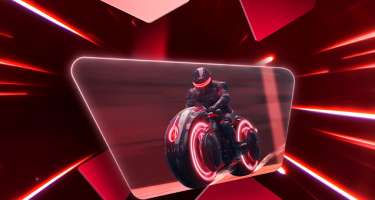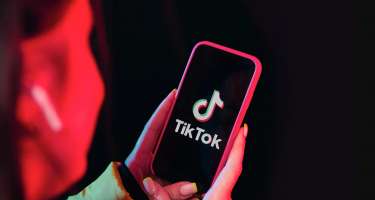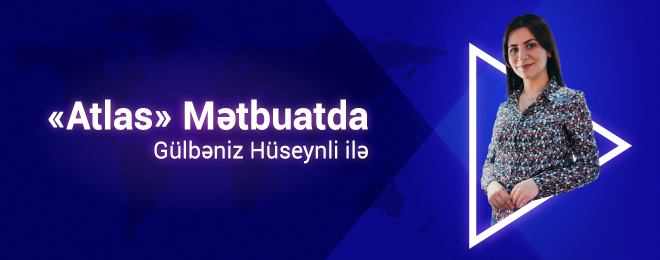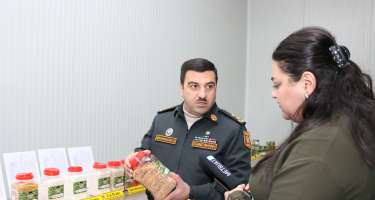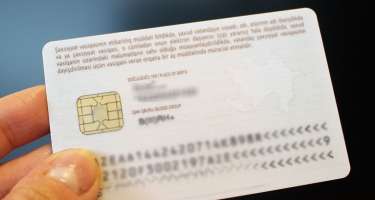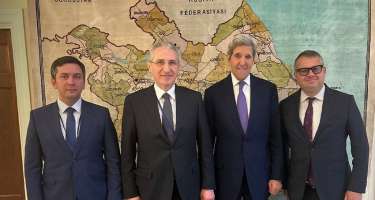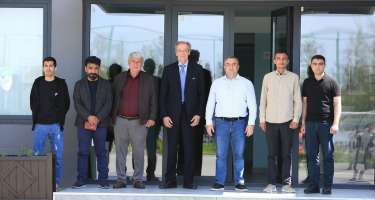Researchers from the University of Central Florida (UCF) have devised a technique for creating flexible supercapacitors that not only store more energy than comparable devices, but can also be fully-charged in seconds and continue to be recharged more than 30,000 times without affecting performance or capacity.
"If they were to replace batteries with these supercapacitors, you could charge your mobile phone in a few seconds and you wouldn't need to charge it again for more than a week," said postdoctoral associate Nitin Choudhary.
Working in the NanoScience Technology Center at UCF (and building on previous work in supercapcitor nanowire technology), the researchers realized their breakthrough by experimenting with the application of newly-discovered 2D materials known as transition-metal dichalcogenides (TMDs) only a few atoms thick to coat 1D nanowires.
Made primarily of layers of tungsten disulfide and tungsten trisulfide deposited using sequential oxidation/sulfurization (alternate layers produced by chemical reactions of oxygen and sulfur), these TMDs coat large "forests" of nanowires to effectively produce a compact array of many individual supercapacitors merged to make a cohesive unit with a large surface area.
According to the UCF researchers, other scientists have previously tried to achieve a similar effect using graphene and other two-dimensional materials, but their success was limited.
"There have been problems in the way people incorporate these two-dimensional materials into the existing systems – that's been a bottleneck in the field," said UCF assistant professor Yeonwoong (Eric) Jung. "We developed a simple chemical synthesis approach so we can very nicely integrate the existing materials with the two-dimensional materials."
At 30,000 charge/discharge cycles, the new UCF device is many times more efficient than similar flexible prototypes, such as Case Western's graphene/carbon nanotube version, and makes a typical Lithium-ion battery's mere 1,500 charge/discharge cycle look feeble in comparison. And, with mere seconds to reach full charge, it could leave other portable power technologies in its wake.
However, like many nascent technologies, the UCF flexible supercapacitor has not yet been developed sufficiently for release to market.
"It's not ready for commercialization," said associate professor Jung. "But this is a proof-of-concept demonstration, and our studies show there are very high impacts for many technologies."
If this technology can eventually be brought to market, or at least lead to a commercial device, it could help bring about superfast-charging cellphones and electric vehicles, as well as high-powered wearables with its flexible design that could be woven into garments or molded around devices.
The results of this research were recently published in the journal ACS Nano.

